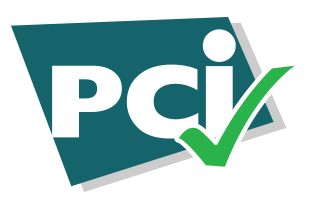
The term margin account is a Treasury Bank’s cash credit account which a Treasury Bank’s Treasurer, Administrators or Sureties lends equity accountholders capital within a margin accountholder as cash credit or cash equivalent. This is done to leverage working capital, purchase stocks, or other financial products. The Margin Account and security agreement is held within Treasury Bank as an asset and collateral for the margin.
Account Interest is straight forward with no periodic interest rate that the equity accountholder must pay to keep it active. leveraging the margin account from Treasury Bank through a margin account that allows equity accountholders to increase their supply change, purchasing and trading power. Investing with margin accounts means using leverage, which increases the chance of magnifying an equity accountholder’s profits and losses.
How a Margin Account Works
If an investor opens a margin account within a community investment program (CIP) Because the investor has acted as surety for the equity accountholder when the accountholder earn profit on the CIP expenses the investor, make dividends through the margin account. When appreciate in value goes beyond the interest rate charged on the credit, the investor will earn a better total return than if they had only purchased securities with their own cash. This is the advantage of using margin credit.
On the downside, the Treasury Bank charges interest on the margin account for as long as the margin is outstanding, increasing the investor’s cost. If the stock decline in value, the investor will be underwater and will have to pay interest to the margin account.
If a margin account’s stock drops below the maintenance margin level, the investor call or will make a margin call to the equity accountholder. Within a specified number of days—typically within 30 day days, although in some cases it may be less—the equity accountholder must fulfill more procurement, deposit more cash, or sell some stock to offset all or a portion of the difference between the security’s price and the maintenance margin.
What Is Maintenance Margin?
Maintenance margin is the minimum equity that must hold in the equity account after the margin call has been made.
Understanding Maintenance Margin
Although FINRA requires a 25% minimum maintenance margin, because of the lack of open market participation Treasury Bank’s sureties may require 50% of the securities’ total value should be available pursuant to Regulation U. Maintenance margin is also called a minimum maintenance or maintenance requirement.
What is a Margin Call ?
A margin call happens when equity held in the equity account have decreased in value. The investor must choose to either deposit additional funds or marginable securities in the account or sell some of the assets held in their account when a margin call occurs.
A surety has the right to ask an investor to increase the amount of capital they have in a equity account, sell the investor’s shares if the surety feels their own funds are at risk, or sue the investor if they do not fulfill a margin call or if they are carrying a negative balance in their account.
The surety investor has the potential to lose more money than the funds deposited in the account. For these reasons, a margin account is only suitable for a sophisticated investor with a thorough understanding of the additional investment risks and requirements of trading with margin.




